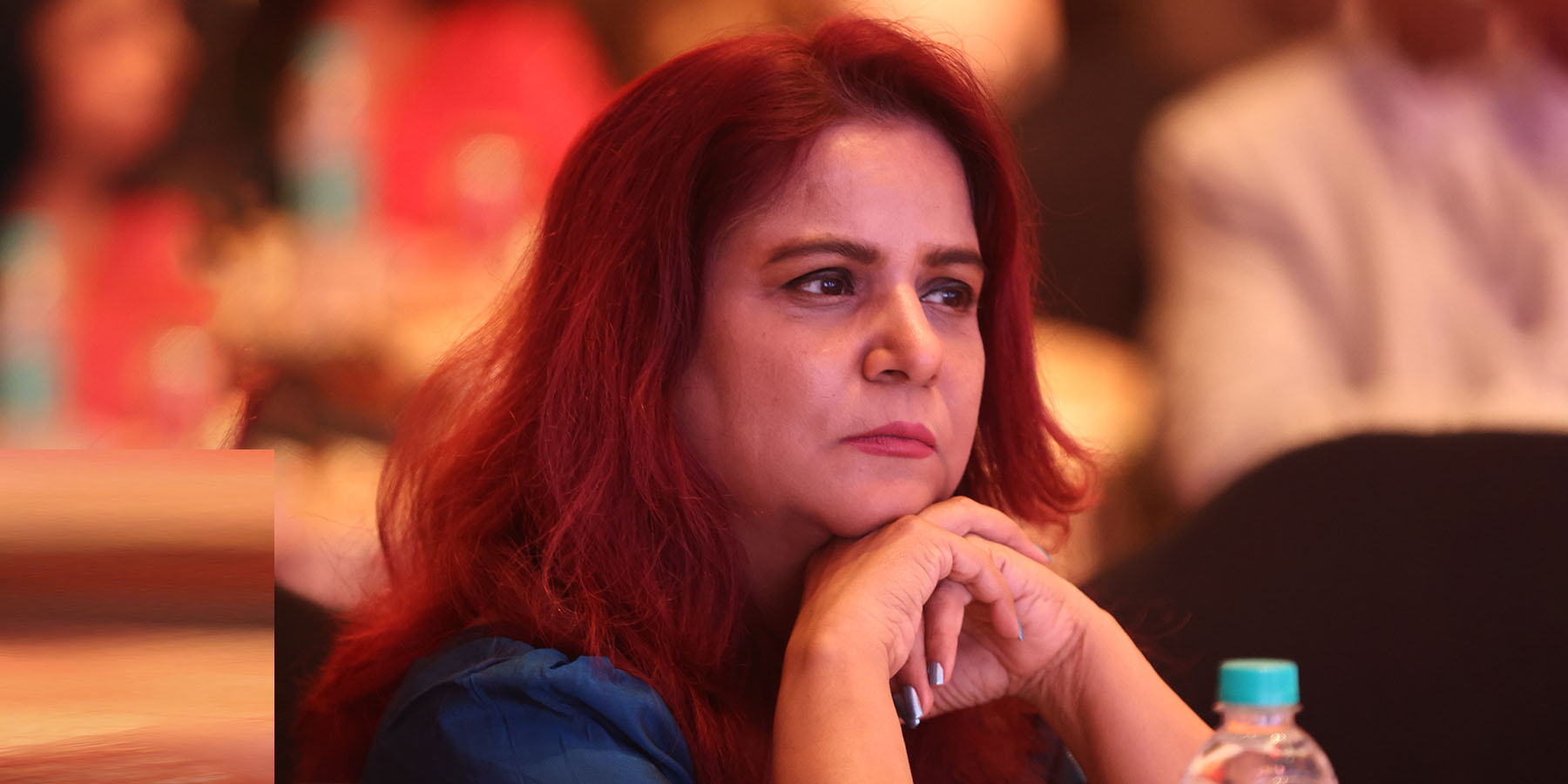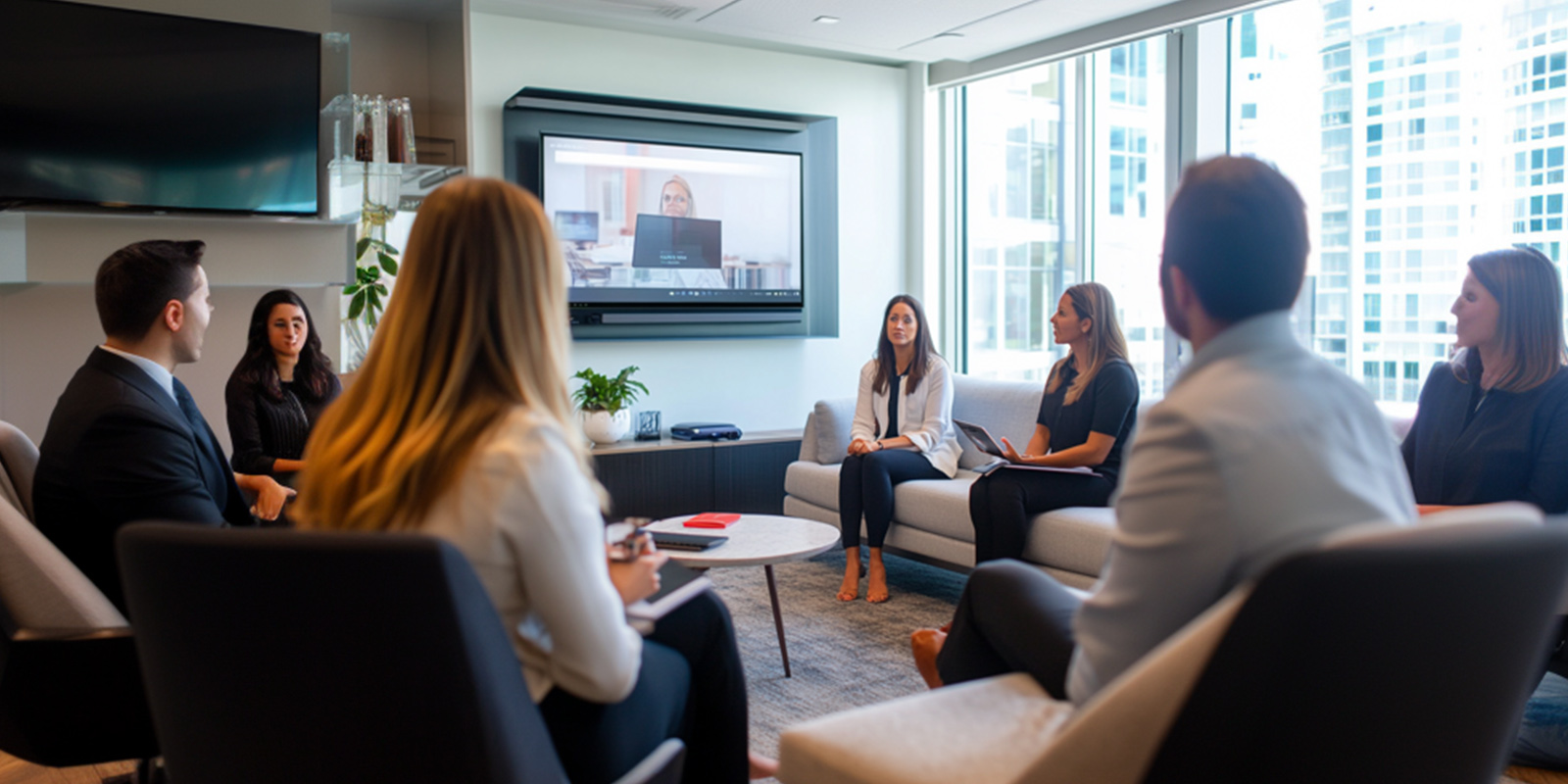Welcome to another edition of Media Matters, Fublis’ interview series that dives into the experiences and insights of media professionals from across the industry. In this series, we speak with journalists, editors, writers, and other experts to explore their perspectives on media, trends, and the evolving landscape of storytelling.
In this installment, we sit down with Nadia Simonelli, a seasoned journalist with a deep passion for architecture, design, and the arts. With a career spanning multiple mediums, from magazines to digital platforms, Nadia possesses a wealth of knowledge on how to effectively communicate complex design concepts to a wide audience. Her work focuses on sustainability, and seamlessly integrates visual and written storytelling.
Join us in this attempt to understand her perspectives that continue to influence and inspire audiences globally.
What drives your journalistic passion for design, architecture, and the arts, and where did that all start in this niche?
Nadia Simonelli: Looking back, I realize that since I was a child I have always been very connected to visual stimuli and the beauty of things. As a teenager, I became more and more interested in the world of visual arts and became increasingly interested in the shapes, colors and inspirations that surrounded the world of artists. Despite this, I have always loved writing and, therefore, I decided to study journalism. My first idea was to work in fashion journalism, but during college I went to work for an important Brazilian publishing house, which had many titles in its portfolio. Early on, I worked for a magazine about architecture and interior design and fell in love with the subject, which I still work with today. I love working with creation and beauty designed to improve people’s lives.
How do you go about selecting the stories and projects to cover, and what elements can make a good narrative in those areas?
Nadia Simonelli: For me, the main element in creating a project is originality. I always try to present something new and surprising to the public — whether on my Instagram or in an article for a magazine or website that I collaborate with. Sustainable principles are also another important aspect. It is unacceptable to present a project — whether it is a product design or architecture project — that is not aligned with the main sustainability issues.
What are some of the specific challenges you face working on multimedia about design and architecture as opposed to other topics?
Nadia Simonelli: The main challenge is to find something truly new and surprising, that is far from clichés. After all, this is news about architecture and design. And innovation can appear in the inspiration for the project, the production method or the purpose. Another challenge is to find the best way to visually portray the product or project. Photography and video for design, interiors and architecture requires a specific and trained eye from the media professional, who needs to portray the project faithfully, without distorting reality.
How do you think multimedia journalism is going to change in covering architecture and design?
Nadia Simonelli: I believe that the emergence of new social networks and new digital media outlets will dictate changes in coverage. Currently, videos are in the spotlight because of YouTube, TikTok and Instagram and should remain so for a long time. Despite this, good text is essential in coverage, whether for developing a video script or creating an attractive caption for photo posts on Instagram.
As you’re a journalist, can you Include one project or story that has been influential on you as a journalist working in the beat.
Nadia Simonelli: I started working in this field by chance and I don’t remember any specific project that influenced me. However, I have always been interested in observing the architecture of São Paulo, the city where I was born and currently live, and how it influences people’s daily lives. What really left an impression on me at the beginning of my career as an architecture and design journalist was having the opportunity to record a video interview with Ruy Ohtake, one of the most important Brazilian architects of our time. It was a very nervous moment for me, because I didn’t have much experience and I wanted everything to go right. And it did.
What are the leading trends you are seeing right now in designs, and how do you go about covering them?
Nadia Simonelli: Currently, the main trends I observe are those related to nature and the good use of technology. I highlight biomaterials, created from natural and reused raw materials and materials from certified and sustainable cultivation. In interior design, minimalist aesthetics have given way to maximalist environments, decorated with pieces that tell stories and evoke emotional memories. And in architecture, integrated and multifunctional spaces are on the rise, with natural light and landscaping inserted into facades and interiors. When I find these characteristics in projects, I try to highlight them in my coverage.
How do you keep the balance between the technical truth and creativity in your reportage on complex design and architectural issues?
Nadia Simonelli: I believe that asking the right questions to interviewees is essential for comprehensive coverage that addresses these issues. Before conducting interviews, I try to study the projects in depth so that I have in mind everything I need to find out in advance. After a good interview, it becomes easier to balance the technical and creative issues in a story.
What do you believe a multimedia journalist’s work does with regard to setting public opinion about architecture and design?
Nadia Simonelli: A multimedia journalist plays an essential role in disseminating reliable information about design and architecture. In Brazil, specifically, we are responsible for transforming this subject — restricted to a specific audience — into something that interests an ever-increasing number of people. Journalists select the most relevant information in this creative universe to transmit to the public.
How do you adjust your way of storytelling to meet different platforms, such as digital magazines, social media, and video?
Nadia Simonelli: The language for each of these platforms needs to be adapted, but I try to convey my style in all of them, so that the public recognizes me in these productions. In magazines, the texts are longer and more in-depth, with slightly more elaborate writing. On social media, images are essential to attract the public and the language is more relaxed. And in videos, I can go on a little longer and show more details about the story I’m telling.
What is your counsel for those who want to specialize in multimedia journalism within the design, architecture, and arts fields?
Nadia Simonelli: My main advice for anyone who wants to specialize in design and architecture journalism is to study the subject in depth, read good books and follow specialized profiles on Instagram to familiarize yourself with the subject. Taking specific courses on design and architecture is also a good option. But, in addition to that, you need to calibrate your view of the things that surround us, be they buildings or products. When walking around the city, observe the urban landscape, how it was designed and planned and how it influences people’s well-being (or not!). It’s a good start.




